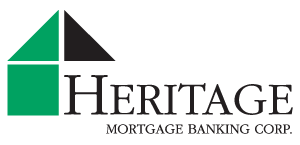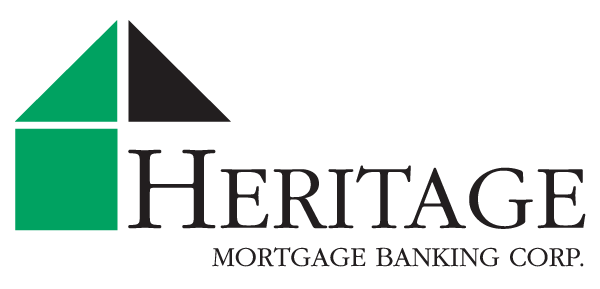The Fed, Interest Rates, and Bank Statement Loans
How does the Fed operate in today’s political climate?
Regardless of the political climate, the Fed’s hold on long-term interest rates is at best, limited. That is because long-term interest rates are set by the bond market. Exactly four times a year, the Treasury auctions off the new debt needed because Congress is spending more than it is collecting in taxes. How it works involves investors’ bids for that debt, naming the interest rate they’ll accept – and the government fills the lowest bids.
What is the Secondary Market and how does it impact the interest rates?
Bonds change hands in the the bond market (aka the secondary market) and interest rates on that debt rise and fall based on market conditions. In spite of what many believe to be true, the size of the deficit only indirectly impacts interest rates. More specifically, if investors think those deficits have weakened the U.S. economy, they’ll demand higher rates at the next auction or when they buy bonds in the open market. If however, the demand remains strong for Treasury debt, big deficits by themselves don’t have much impact on rates.
What do lower rates do to the value of the dollar?
Largely speaking, lower rates tend to lower the value of the dollar because Treasury debt is denominated in dollars. This is to say that higher rates actually boost the dollar in that they make those Treasuries more attractive to investors buying them with foreign currencies. Similarly, higher rates also tend to slow the U.S. economy, which can have the effect of weakening the dollar.
What are some alternative lending options that thrive in today’s mortgage loan market?
The surge in Bank-Statement loans is one such [...]






